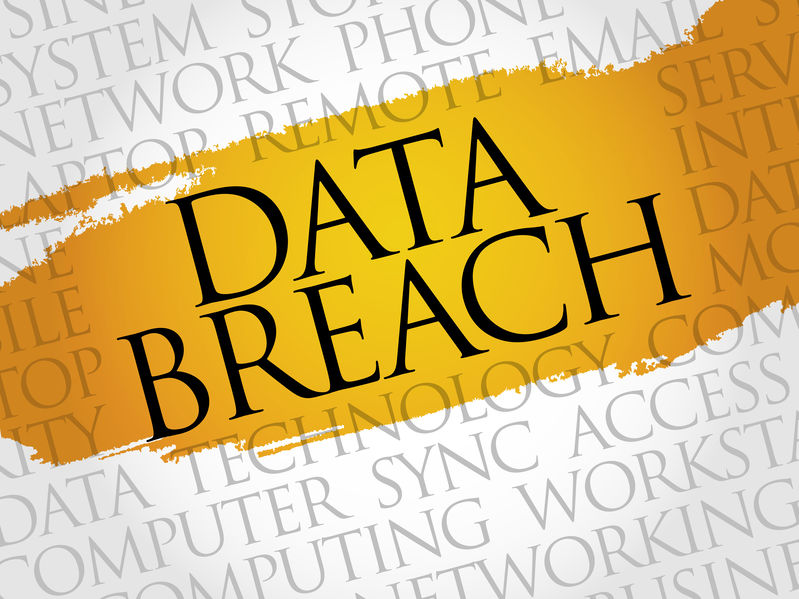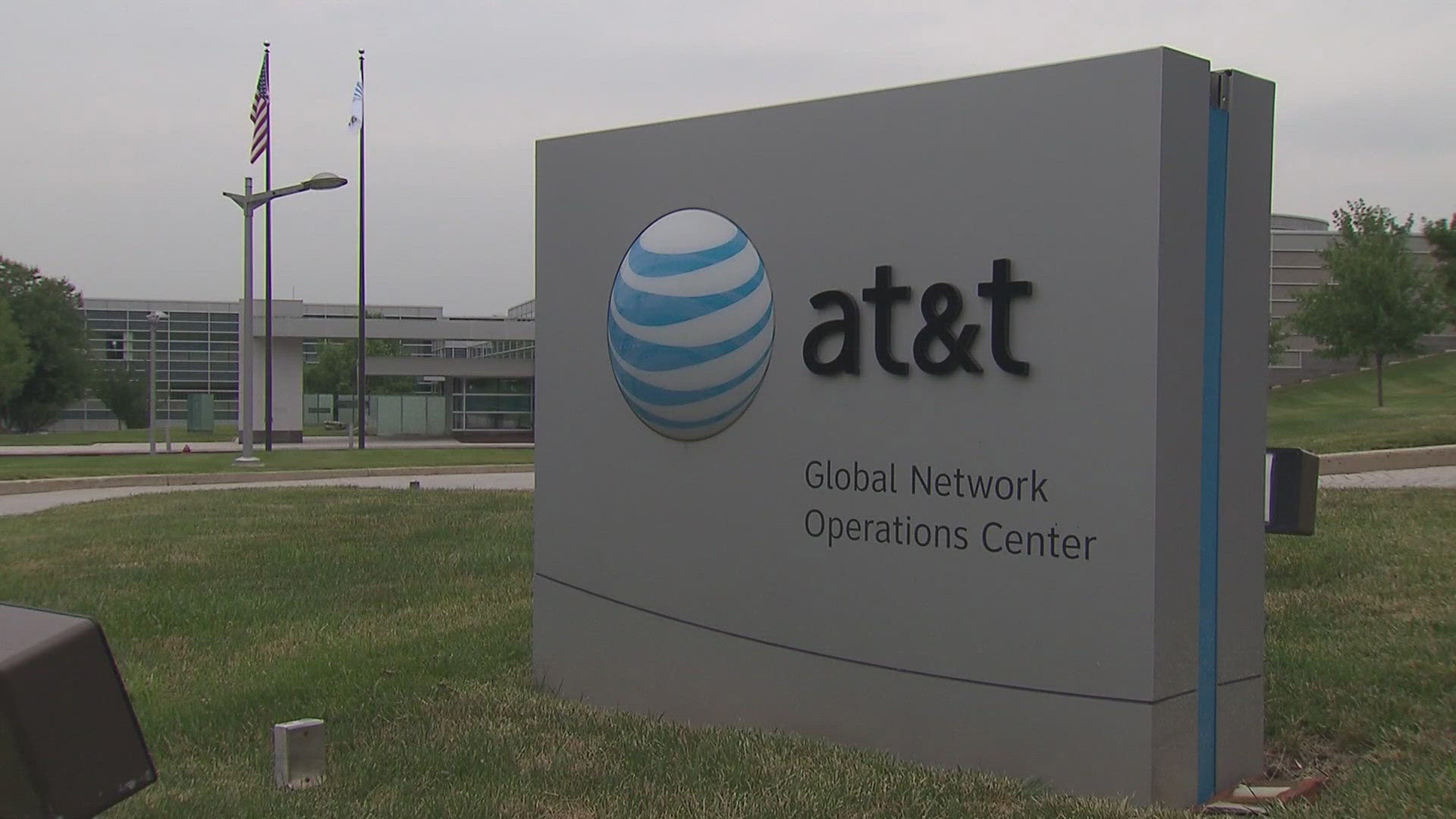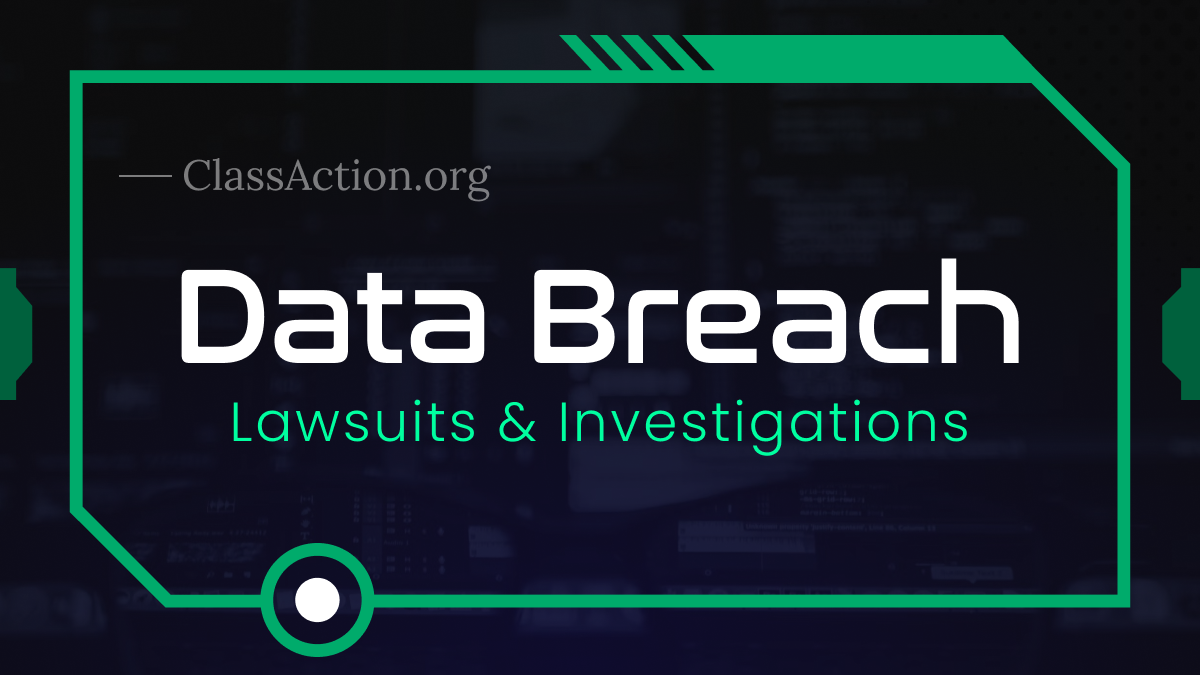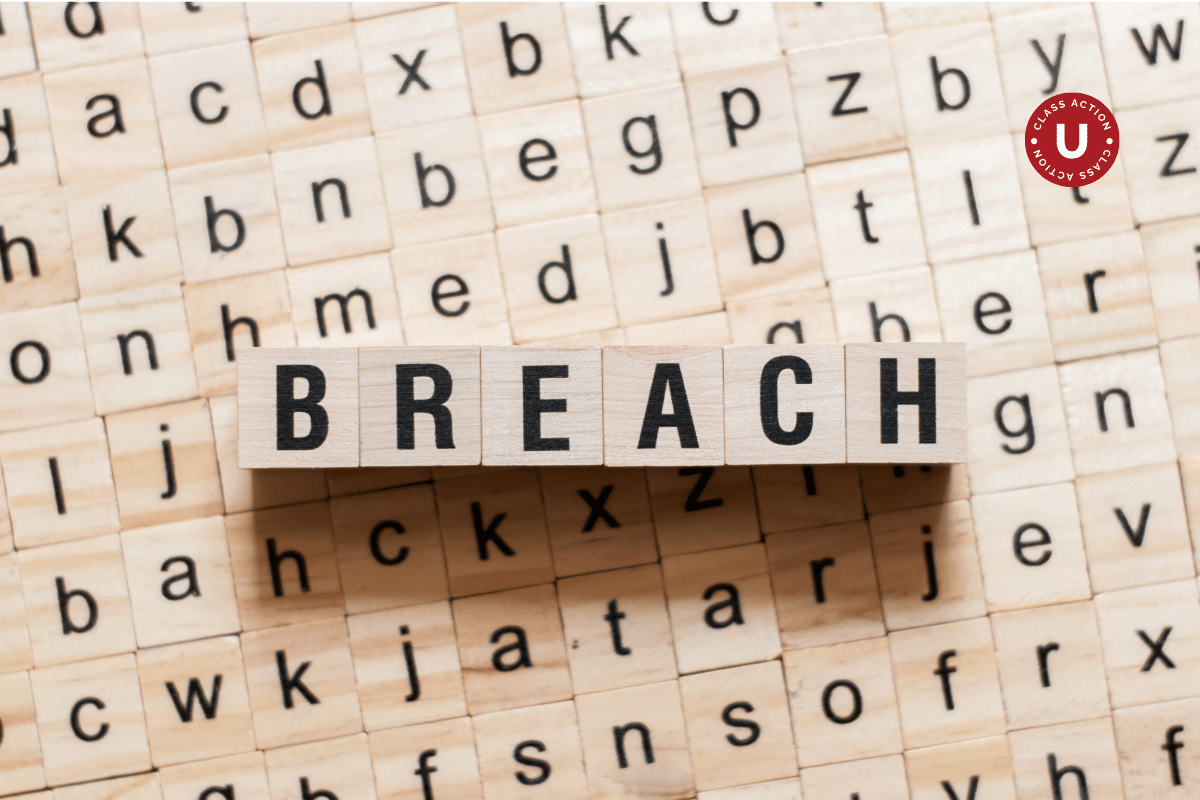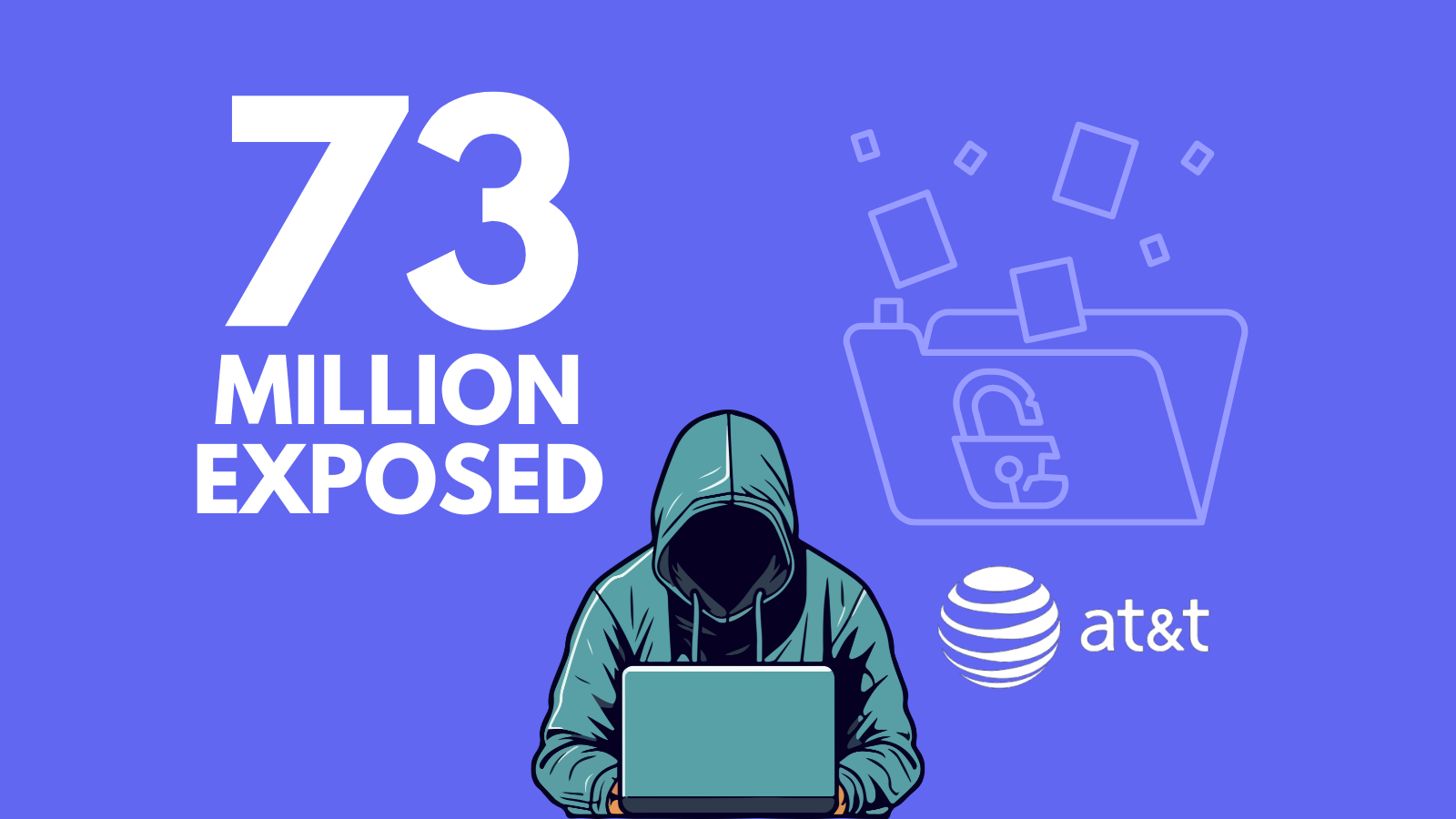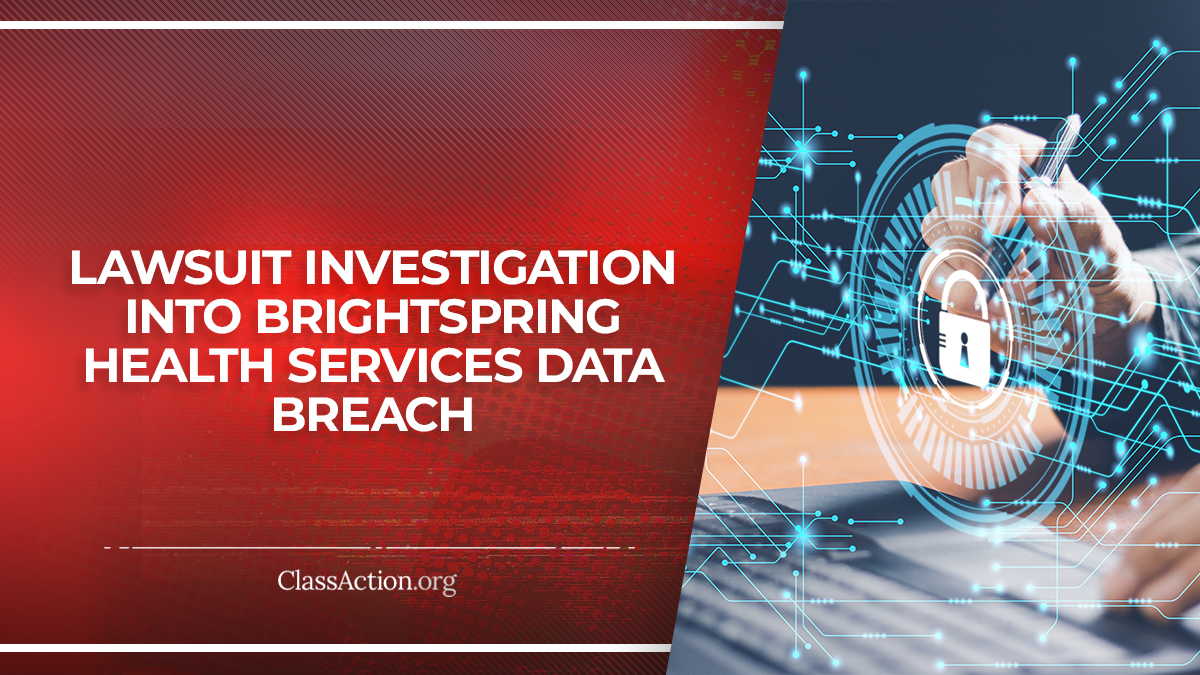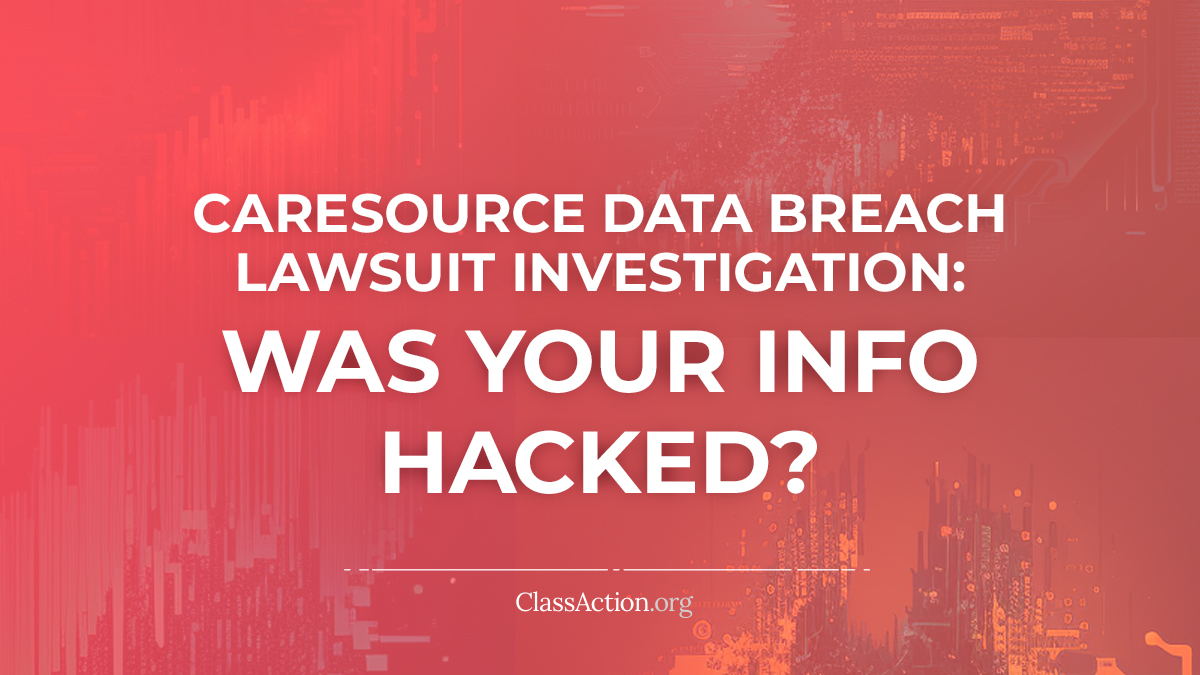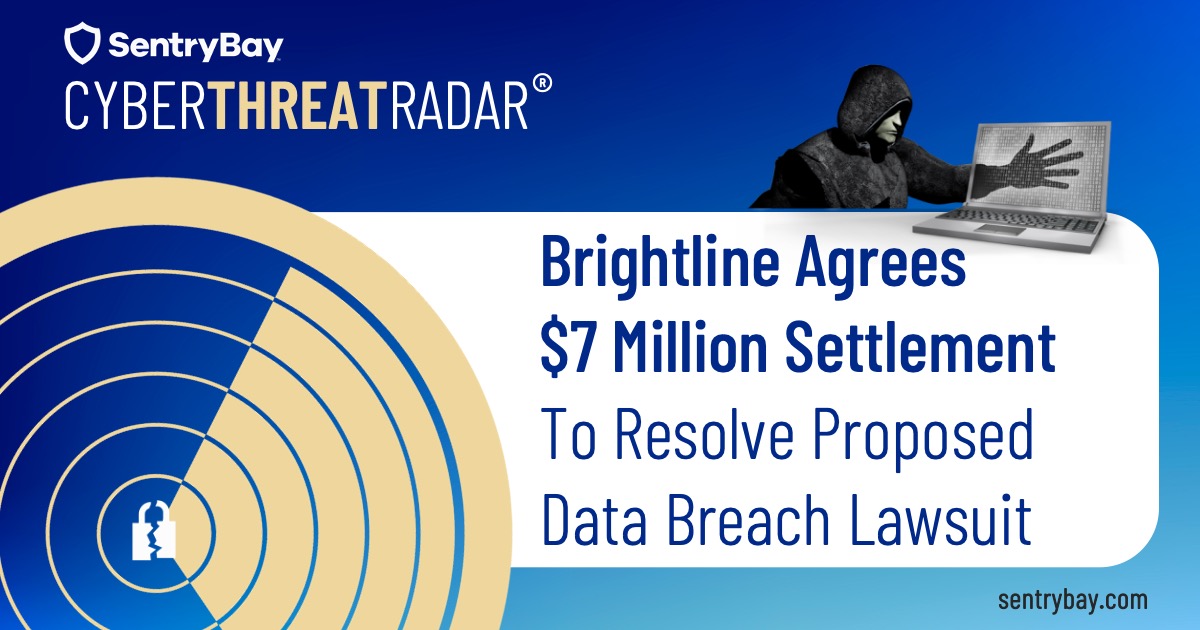At&t Data Breach Lawsuit Sign Up

Imagine receiving an email late one night, the subject line a stark warning: "Data Security Incident." A cold knot forms in your stomach as you realize it’s from your telecommunications provider, AT&T. The words blur as you scan for the worst, the feeling of vulnerability settling heavily in your chest. You're just one of the millions potentially impacted by a massive data breach, now facing the daunting task of understanding your rights and seeking recourse.
This article explores the unfolding situation surrounding the AT&T data breach lawsuit and how affected individuals can navigate the process of joining the legal action to seek compensation for the potential harm caused. We will delve into the details of the breach, the legal avenues available, and the steps you can take to protect yourself.
The Shadow of the Breach: Unveiling the Scope
In late March 2024, reports surfaced of a significant data breach impacting millions of current and former AT&T customers. Sensitive information, including Social Security numbers, passcodes, and other personal details, was reportedly exposed.
The company initially downplayed the incident, stating that the compromised data appeared to originate from 2019 or earlier and did not contain financial information. However, subsequent investigations and media scrutiny revealed a more alarming picture, raising concerns about the extent of the breach and the company's initial response.
A Timeline of Events: From Discovery to Disclosure
The timeline of events is crucial to understanding the unfolding crisis. While the exact date of the initial breach remains unclear, the public acknowledgment came relatively recently, triggering a wave of concern among AT&T subscribers.
Prior to the official announcement, whispers circulated in online forums and cybersecurity circles about a potential leak. The situation escalated when exposed data began appearing on the dark web, prompting further investigations.
AT&T's delayed response has drawn criticism, with some accusing the company of not being transparent enough with its customers. The lack of clear communication has fueled anxiety and distrust among those potentially affected.
Understanding the Legal Landscape
Data breaches can have severe consequences, leading to identity theft, financial losses, and emotional distress. As a result, affected individuals often have legal recourse to seek compensation for damages.
Several law firms are now actively investigating the AT&T data breach and offering services to help affected individuals file lawsuits. These lawsuits typically allege negligence on the part of AT&T in failing to adequately protect customer data.
The legal arguments often center around AT&T's duty to safeguard sensitive information and whether the company took reasonable measures to prevent the breach. Proving negligence requires demonstrating that AT&T fell short of industry standards and that this failure directly led to the plaintiffs' damages.
Joining the Lawsuit: A Step-by-Step Guide
If you believe you were affected by the AT&T data breach, you may be eligible to join the class action lawsuit. Here's a general overview of the steps involved:
1. Determine if you were affected: Review communications from AT&T and check if your personal information was potentially compromised. Look for any suspicious activity on your credit reports or financial accounts.
2. Gather relevant documentation: Collect any documents related to your AT&T account, including billing statements, service agreements, and any correspondence with the company regarding the breach. This documentation can help establish your connection to the breach and support your claim.
3. Contact a law firm: Reach out to a law firm specializing in data breach litigation. They can assess your case, explain your legal options, and guide you through the process of joining the lawsuit. Be sure to research the firm's reputation and experience before engaging their services.
4. Provide information and documentation: Be prepared to provide the law firm with detailed information about your experience, including the type of information that was compromised, any damages you have suffered, and any steps you have taken to mitigate the impact of the breach.
5. Follow the legal process: Once you have joined the lawsuit, stay informed about the progress of the case. Your attorney will keep you updated on key developments and advise you on any actions you need to take.
Protecting Yourself After a Data Breach
Even if you join the lawsuit, taking proactive steps to protect yourself from identity theft and fraud is essential. A data breach can have long-lasting consequences, so it's crucial to remain vigilant.
Consider placing a fraud alert on your credit reports with the three major credit bureaus (Equifax, Experian, and TransUnion). This will alert potential creditors to verify your identity before granting credit in your name.
Regularly monitor your credit reports for any unauthorized activity or suspicious accounts. You can obtain free credit reports from each of the credit bureaus once a year. Set up transaction alerts on your bank accounts and credit cards to be notified of any unusual purchases.
Be wary of phishing emails, text messages, or phone calls that attempt to trick you into providing personal information. Never click on links or open attachments from unknown sources. Change your passwords on all your online accounts, using strong, unique passwords for each account.
"Data privacy is not just a legal requirement; it's a fundamental right. Companies have a responsibility to protect the information entrusted to them by their customers." - Cybersecurity Expert, Dr. Anya Sharma
Looking Ahead: The Future of Data Security
The AT&T data breach serves as a stark reminder of the importance of data security in an increasingly interconnected world. As technology evolves, so do the threats to our personal information.
Companies must prioritize data security and invest in robust measures to protect customer data. This includes implementing strong encryption, regularly updating security protocols, and providing employee training on data privacy best practices.
Individuals also need to be proactive in protecting their own data. By practicing good cybersecurity habits, such as using strong passwords, being wary of phishing scams, and monitoring their credit reports, individuals can reduce their risk of becoming victims of data breaches.
The aftermath of the AT&T breach underscores the need for stronger data protection laws and regulations. Policymakers must work to create a legal framework that holds companies accountable for data breaches and provides individuals with effective remedies for damages.
Conclusion: Moving Forward with Awareness and Action
The AT&T data breach has shaken the confidence of millions, leaving many feeling exposed and vulnerable. While the legal process unfolds, remember that knowledge is power.
By understanding your rights, taking steps to protect your data, and staying informed about the progress of the lawsuit, you can navigate this challenging situation with greater confidence. While the road to recovery may be long, collective action and heightened awareness are essential to safeguarding our digital future.
This incident serves as a catalyst for change, urging both businesses and individuals to prioritize data security and embrace a culture of vigilance. By working together, we can create a more secure and trustworthy digital environment for everyone.



